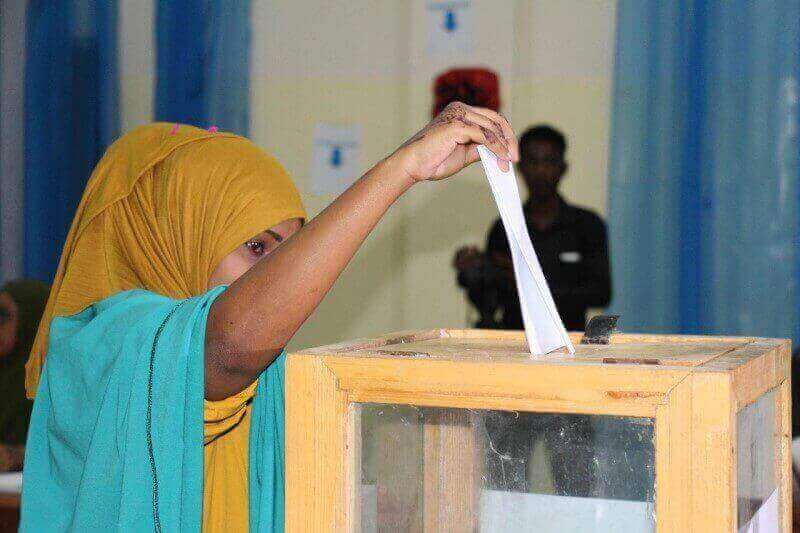This article talks about an election protest in the Philippines, which is concerned with the issue on who garnered the majority of votes, filed by the losing candidate within ten (10) days from the date of proclamation.
An Election Protest is generally concerned with who actually received the plurality of votes.
Generally, an election protest pertains to the casting and counting of votes and is concerned with the issue on who actually received the majority of the votes. It refers to an election contest relating to the election and returns of elective officials grounded on frauds or irregularities in the conduct of the elections, the casting and counting of ballots and the preparation and canvassing of returns The issue is who obtained the plurality of valid votes cast.[see AM. No. 07-4-15SC, AM No. 10-4-1-SC].
Who can File an Election Protest?
An election protest does more than seek to oust the winner but rather a contest between the winning and losing candidate. Thus, the real party in interest in an election protest is the one who would be benefited or injured by the judgement. Consequently, it can only be filed by a candidate who has duly filed his certificate of candidacy and has been duly voted for in the same office. These protests are usually filed by the losing candidate. In fact, the act of a losing candidate of recognizing the one who is proclaimed the winner should not bar the losing candidate from questioning the validity of the election of the winner in the manner provided by law [Castro vs. Ginete, G.R. No. L-30058, 28 March 1969].
As to substitution in election protests, in Lomugdang vs. Javier [G.R. No. L-27535, 30 September 1967], the Supreme Court allowed a vice-mayor to substitute for the protestant in a situation wherein the latter died during the pendency of the protest because if the protest succeeds and the protestee is unseated, the vice-mayor succeeds to the office of the mayor that becomes vacant if the one duly elected cannot assume office. However, substitution by the widow of the candidate was not allowed in Poe vs. Arroyo [P.E.T. Case No. 002, 29 March 2005], since the widow is not a real party in interest.
When should an Election Protest be filed?
Pursuant to Section 250 of the Omnibus Election Code, an election protest must be filed within ten (10) days from the proclamation of the results of the election. Jurisprudence teaches that the rule prescribing the 10-day reglementary period is mandatory and jurisdictional, and that the filing of an election protest beyond the period deprives the court of jurisdiction over the protest [Garcia vs. Comelec, G.R. No. 216691].
However, the period to file an election protest is suspended by the filing of a pre-proclamation case [Esquivel vs. Comelec, G.R. No. L-53475, 28 April 1983]. Likewise, it is suspended by the filing of a petition to annul the proclamation of the winner [Manahan vs. Bernardo, G.R. No. 125752, 22 December 1997]. The period will only run again after the court has handed down its verdict [Roquero vs. Comelec, G.R. No. 128165, 15 April 1998].
That, in a nutshell, is how election protests are done in the Philippines.
About Nicolas and De Vega Law Offices
If you want to learn more on election law in the Philippines, or need assistance election law, local government law, or other administrative law or litigation-related issues, we can help you. Nicolas and de Vega Law Offices is a full-service law firm in the Philippines. You may visit us at the 16th Flr., Suite 1607 AIC Burgundy Empire Tower, ADB Ave., Ortigas Center, 1605 Pasig City, Metro Manila, Philippines. You may also call us at +632 84706126, +632 84706130, +632 84016392 or e-mail us at [email protected]. Visit our website https://ndvlaw.com.









